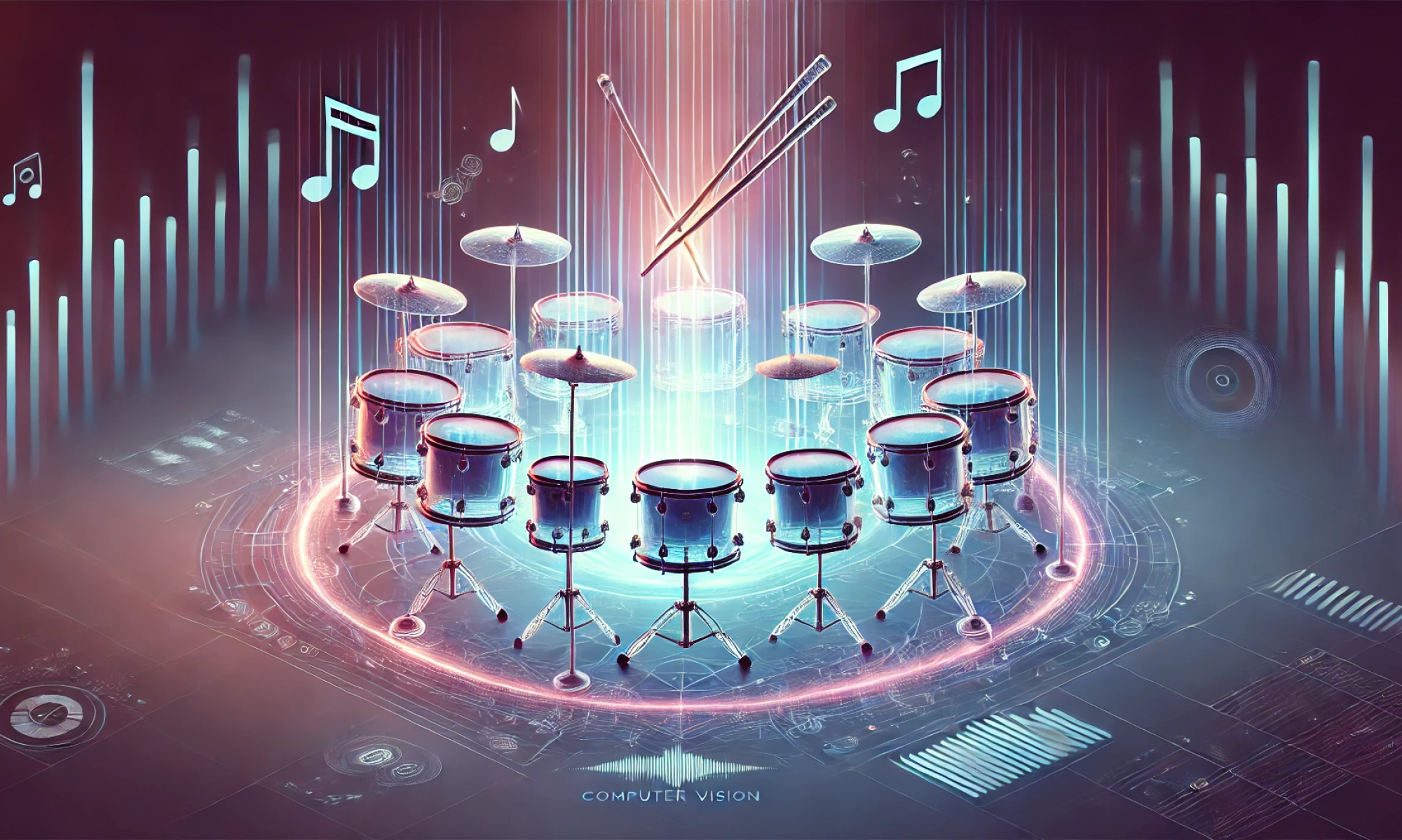This week we made significant strides towards the completion of our project. Namely, we got the audio playback system to have very low latency and were able to get the BLE transmission to both work and have much lower latency. We think a a significant reason for why we were measuring so much latency earlier in HH 13xx was because many other project groups were using the same bandwidth and thus causing throughput to be much lower. Now, when testing at home, we see that the BLE transmission seems nearly instantaneous. Similarly, the audio playback module now operates with very low latency. This required a shift from using sounddevice to pyAudio and audio streams. Between these two improvements, our main bottleneck for latency will likely be storing frames in our frame buffer and continually doing object detection throughout the playing session.
This brings me to the design change we are now implementing. Previously we had planned to only do object detection to locate where the tips of the drum sticks are when an impact occurs; we’d read the impact and the trigger the object detection function to determine which drum ring the impact occurred in from the 20 most recent frames. However we now plan to continuously keep track of the location of the tips as the user plays, storing the (x, y) location in a sliding window buffer. Then, when an impact occurs, we will immediately already have the (x, y) locations of the tips for every frame in recent time, and thus be able to omit the object detection prior to playback, and instead simply apply our exponential weighing algorithm to the stored locations.
This however brings us to our greatest risk: high latency for continuous object detection. We have not yet tested a system that continuously tracks and stores the location of the drum stick tips. Thus, we can’t be certain of what the latency will look like for this new design. Additionally, since we haven’t tested an integrated system yet, we also don’t know if even though the individual components seems to have good latency, the entire system will, given the multiple synchronizations and data processing modules that need to interact.
Thus, a big focus in the coming weeks will be to incrementally test the latency’s of partially integrated systems. First, we want to connect the BLE module to the audio playback module so we can assess how much latency there is without the object detection involved. Then, once we optimize that, we’ll connect and test the whole system including the continual tracking of the tips of the drum sticks. Hopefully, by doing this modularly, we can more clearly see what components are introducing the most latency and focus on bringing those down prior to testing the integrated system.
As of now, our schedule has not changed and we seem to be moving at a good pace. In the coming week we hope to make significant progress on the object tracking module as well as test a partially integrated system with the BLE code and the audio playback code. This would be pretty exciting since this would actually involve using drumsticks and hitting the surface to trigger a sound, which is fairly close to what the final product will do.
